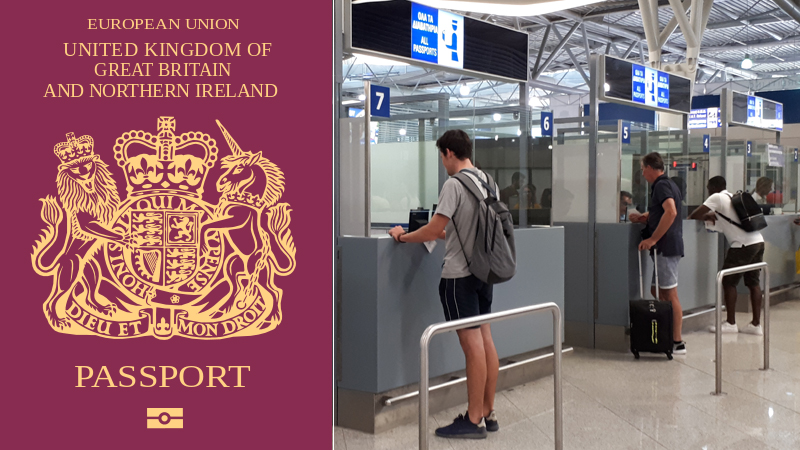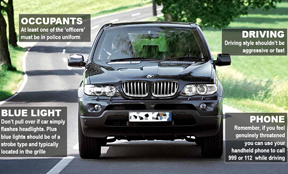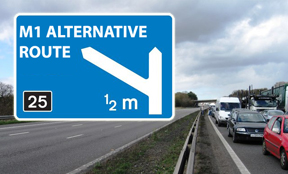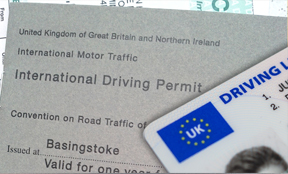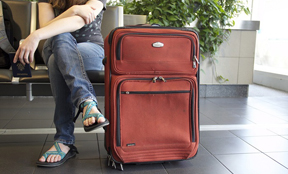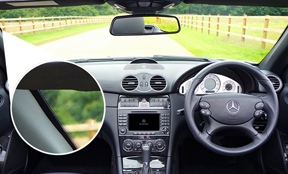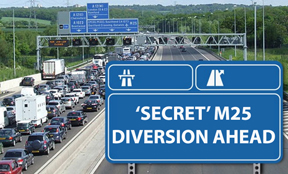
For many people, driving is an everyday activity. But for those with amaxophobia – the fear of driving – even the thought of getting behind the wheel can cause intense anxiety. This fear can affect drivers, passengers, or both, and in severe cases, it can stop someone from travelling altogether.
If you or someone you know is struggling with amaxophobia, the good news is that it’s treatable. By understanding the condition and using proven coping strategies, it is possible to rebuild your confidence and enjoy the freedom of the road again.
 With more people than ever suffering from amaxophobia - the
fear of driving - we look at how to beat it (Photo by Pete Barden)
With more people than ever suffering from amaxophobia - the
fear of driving - we look at how to beat it (Photo by Pete Barden)
What is amaxophobia?
Amaxophobia comes from the Greek words amaxos (carriage or vehicle) and phobos (fear). It’s an anxiety disorder where a person experiences overwhelming fear or panic linked to driving or being in a vehicle.
It can affect:
-
Drivers – who may fear losing control, causing an accident, or making mistakes on the road.
-
Passengers – who may feel unsafe or vulnerable while someone else is driving.
Symptoms often include rapid heartbeat, sweating, dizziness, shortness of breath, and in some cases, full-blown panic attacks. The anxiety can be so strong that people avoid driving altogether, which can lead to isolation and reduced independence.
What causes amaxophobia?
There’s no single cause, but common triggers include:
-
Past accidents – whether as a driver or passenger.
-
Witnessing road accidents – in real life or through media.
-
Underlying anxiety disorders – such as generalised anxiety or panic disorder.
-
Fear of losing control – on high-speed roads, motorways, or in bad weather.
-
Claustrophobia – discomfort in enclosed spaces like cars or traffic jams.
Sometimes, amaxophobia develops gradually – for example, after a long break from driving – while in other cases, it can appear suddenly after a stressful event.
Why it’s important to address the fear
Avoiding driving might feel like a relief at first, but over time it can make the fear worse. This is because avoiding a feared activity reinforces the brain’s belief that it is dangerous.
In practical terms, it can also:
-
Limit job opportunities.
-
Make it harder to visit friends and family.
-
Increase reliance on others for transport.
-
Reduce overall independence.
Tackling amaxophobia not only restores mobility – it can also boost self-confidence and quality of life.
How to beat amaxophobia
Overcoming the fear of driving is a process. It’s about retraining your brain to see driving as safe and manageable. Here are effective steps that can help.
1. Acknowledge and understand the fear
Recognising that you have amaxophobia is the first step. It’s not a sign of weakness – phobias are common and can be treated. Learn about the condition and identify specific triggers. For example, do you feel anxious only on motorways? Or does your fear start before you even get in the car?
Keeping a diary of when symptoms appear can help you and any professional you work with to spot patterns.
2. Start small with gradual exposure
Exposure therapy is one of the most effective treatments for phobias. The idea is to face the fear in manageable stages.
For example:
-
Sit in a parked car without driving.
-
Turn the engine on and practise sitting in the driver’s seat.
-
Drive around a quiet car park.
-
Progress to short, familiar routes.
-
Slowly increase distance and complexity, such as busier roads or night driving.
Taking it step by step helps your brain re-learn that driving does not have to equal danger.
3. Practise relaxation techniques
Learning how to calm your body can make a big difference. Techniques such as deep breathing, progressive muscle relaxation, or mindfulness can help keep anxiety under control before and during a drive.
A simple method is box breathing:
-
Breathe in for 4 seconds.
-
Hold for 4 seconds.
-
Breathe out for 4 seconds.
-
Hold again for 4 seconds.
Repeat until you feel more grounded.
4. Consider professional help
If self-help techniques aren’t enough, professional support can speed up recovery. Options include:
-
Cognitive Behavioural Therapy (CBT) – helps you challenge and change unhelpful thoughts about driving.
-
Exposure therapy – guided by a therapist in a safe, structured way.
-
Hypnotherapy – to address subconscious fears.
Your GP can refer you to a mental health specialist, or you can look for private therapists who specialise in phobias or driving anxiety.
5. Use a supportive driving instructor
If your fear is linked to feeling unsafe or unskilled, refresher lessons with a calm, patient instructor can rebuild confidence. Some instructors specialise in nervous drivers and can tailor lessons to your pace.
6. Make the driving environment comfortable
Small changes can help you feel more in control:
-
Adjust your seat and mirrors before starting.
-
Play calming music.
-
Drive at quieter times of day.
-
Use routes you know well at first.
The aim is to create a sense of safety while you gradually expand your comfort zone.
7. Celebrate progress, however small
Every step – whether it’s sitting in the car without anxiety or driving on a dual carriageway for the first time in years – is worth celebrating. Acknowledging progress reinforces your motivation to keep going.
Final thoughts
Amaxophobia can feel overwhelming, but it doesn’t have to control your life. With patience, gradual exposure, and the right support, it’s possible to reclaim your independence on the road.
Fear thrives on avoidance – but confidence grows with action. By taking small, steady steps, you can go from white-knuckle grips on the steering wheel to relaxed, confident journeys once more.
-
HEALTH-RELATED GUIDES FOR DRIVERS
-
Do you have to report high blood pressure to the DVLA before driving?
Find out when you must notify the DVLA about hypertension or other health issues that could affect your ability to drive.
-
Do I have to tell the DVLA I wear glasses or contact lenses?
Explains the 01 eyesight code on your licence and when you must declare vision correction to the DVLA.
-
Do I have to tell the DVLA I have floaters or flashers in my eyes?
Covers whether common eye issues like floaters or flashers must be reported to the DVLA, and what that means for driving.
Subscribe for free motoring and travel news here - support independent journalism
Most read motoring content
Take a look at more of our top motoring-related content here...
-
How to spot a fake undercover police car
-
Do I need to pay the Dartford Crossing charge on Sundays?
-
Will I get a speeding ticket after being flashed
-
Do I need an international driving permit for France and Spain
-
Secret parking offences you're committing revealed
-
Alternative routes for beating jams on the M25
-
Alternative routes for the M1 motorway
-
Alternative routes for the M6 motorway
-
How old are my tyres - find out instantly here
-
What are the black dots on my windscreen for?
-
Are my sunglasses legal for driving?
Author: Pete Barden:
Twitter: @pete_barden
Pete Barden is a qualified journalist who has written and produced for publications including The Sun (thesun.co.uk), New Statesman Media Group, Whatcar? (Whatcar.com) Stuff Magazine (Stuff.tv), Fastcar Magazine (Fastcar.co.uk), Maxim Magazine and UK broadcast stations within the Heart network (Formerly GCAP). Pete specialises in motoring and travel content, along with news and production roles. You can find out more about Pete Barden on LinkedIn.






